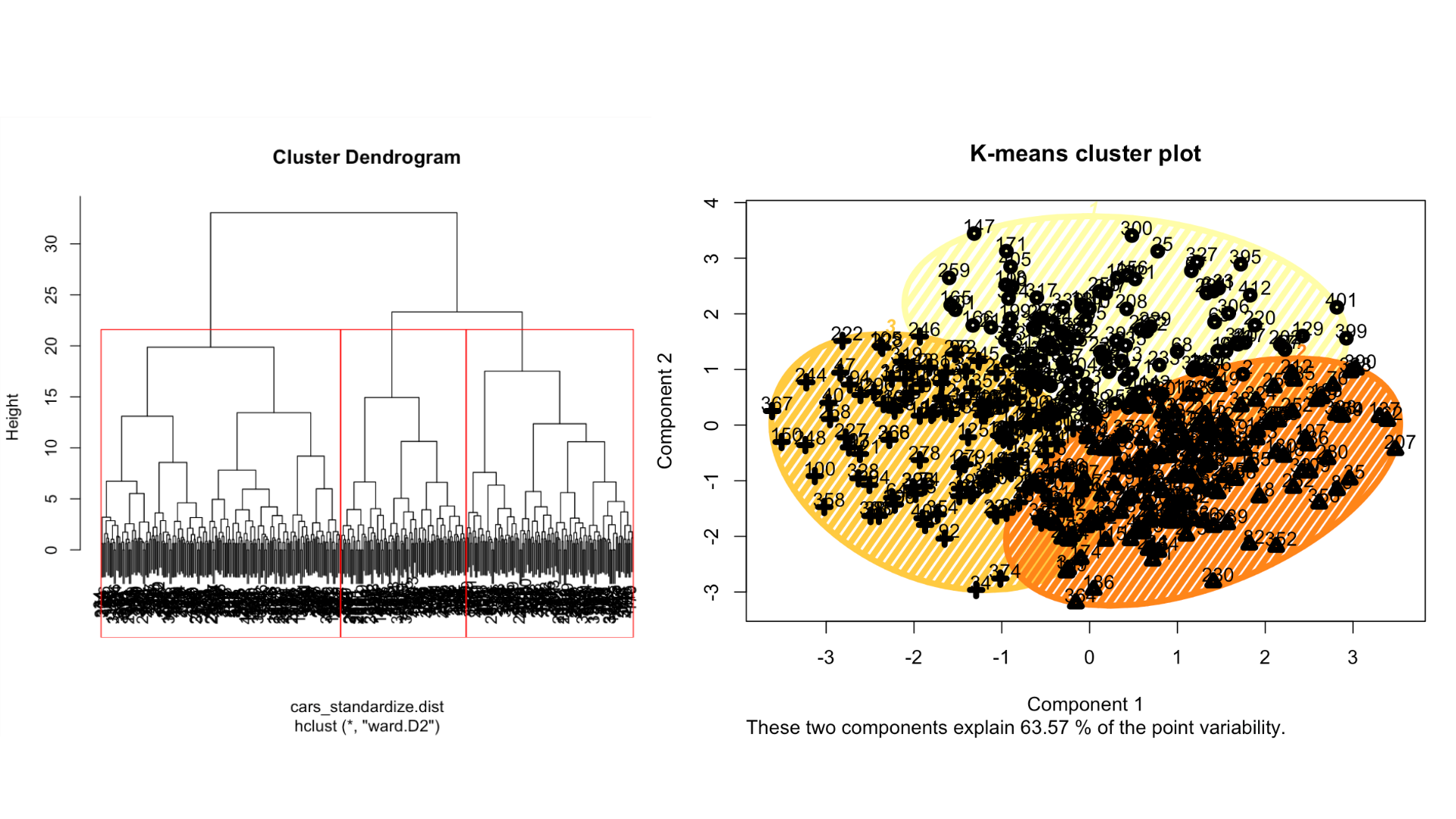Project Portfolio
Differential Privacy in Deep Learning-Based Recommendation System
Overview:
This project focused on enhancing user data privacy in deep learning recommendation systems. Two distinct models were developed: a baseline deep learning recommendation system (DLRS) and a differential privacy-enhanced variant (DP-DLRS). The latter integrated noise at varying levels to evaluate the trade-off between privacy (using differential privacy) and model accuracy. Using the MovieLens dataset, the differential private stochastic gradient descent (DP-SGD) approach was employed to ensure privacy preservation, and performance was benchmarked against the baseline to understand the implications of adding privacy constraints.
Skills: Python, TensorFlow, Differential Privacy, Stochastic Gradient Descent (SGD), Hyperparameter Tuning, Deep Learning, Neural Networks, DP-SGD Algorithm, Recommendation Systems.
Market Analysis Report (Power BI)
Overview:
A national online clothing chain has experienced flat sales and seeks to revive its market presence by launching a targeted marketing campaign. The challenge lies in identifying the right customer segments to target with specific products, given their limited knowledge of customer demographics and preferences.
This project follows a six-step process to develop a marketing strategy for a national clothing chain. The steps include:
1) defining the problem, 2) formulating research questions, 3) collecting data, 4) processing and organizing the data, 5) analyzing the data and creating visualizations, and 6) presenting recommendations and conclusions. This structured approach ensures a comprehensive analysis, guiding our strategy towards effective, data-driven marketing solutions.
Skills: Power BI, Data Visualization
AI & Automation Workflows
Overview:
This portfolio showcases a series of automation projects developed to enhance business efficiency, reduce manual workload, and unlock new capabilities through AI integration. Each workflow is designed to address real operational challenges by automating routine tasks, enabling intelligent decision-making, and improving responsiveness across business functions.
1. Facebook Messenger Chatbot
Automates customer chat handling by using AI to interpret and respond to user messages in real time—improving efficiency and response speed.2. Automated Facebook Post Generator
Converts content ideas from Google Sheets into complete, scheduled posts with AI-generated text and visuals—reducing content production time.3. Knowledge Embedding for AI Chatbots
Processes and embeds business data into a vector database to enable accurate, data-driven responses from Retrieval-Augmented Generation (RAG) chatbots.4. LINE Chatbot with Intent Recognition
Uses AI to detect user intent, retrieve relevant data, and respond via LINE—supporting real-time engagement and automation of common inquiries.5. AI Business Analyst via Chat
Transforms natural-language business questions into SQL queries, returning insights and visual reports instantly through LINE—automating data analysis.
Time Series Analysis
Overview:
This analysis delves into understanding how sales, advertising, and pricing of a specific brand correlate with competitive market actions.
A five-step approach was applied to dissect relationships, gauge stationarity, and pinpoint dynamic impacts over a 13-week period. Key drivers influencing sales and marketing strategies were illuminated, providing actionable insights.
Skills: R, time series, temporal causality, stationarity, dynamic impact analysis, VAR, Granger Causality, FEVD
Cluster Analysis
Overview:
A survey was conducted among customers to assess preferences regarding various car attributes, intending to segment the audience based on these preferences.
The study utilized hierarchical, K-means, and model-based clustering to categorize the respondents. Three distinct segments emerged: "Simple & Comfort", prioritizing basic features and comfort; "Entertainment & Fuel Efficiency", valuing in-car entertainment and mileage; and "Eco-friendly & Lifestyle", emphasizing design, entertainment, and environmental-friendliness.
ANOVA tests confirmed significant differences between the segments in terms of active variables. Notably, the "Eco-friendly & Lifestyle" segment presents a promising market for environmentally-friendly vehicles, particularly among younger, urban, educated females.
Skills: R, Hierarchical Clustering, K-means Clustering, Model-based Clustering, ANOVA, Market Segmentation.
Churn Prediction (ML)
Overview:
The project aims to develop a 'predictive model' for customer churn for an energy supplier. Churn prediction is crucial as it can help the company identify at-risk customers and implement strategies to improve customer retention, ultimately leading to better customer satisfaction and increased profitability.
Various churn models are developed based on different machine learning algorithms, including logistic regression, step-wise regression, decision tree (CART, CHAID, Entrophy C50), bagging, boosting, randomforest, Neuralnet, and support vector machine (SVM). Each model performance is evaluated based on various evaluation metrics such as Accuracy,
Skills: R, Logistic Regression, Stepwise Regression, Decision Tree (CHAID, CART, Entrophy C50), Random Forest, Bagging, Boosting, ANN (Artificial Neural Network), SVM (Support Vector Machine).
Count Data Model (Poisson)
Overview:
The project's goal is to drive solar panel adoption among long-standing customers of an energy retailer by analyzing customer service interactions through chatbot and call center service.
In this project, we employed count data models to analyze customer interactions with service calls and chatbots. This approach was chosen due to the discrete nature of the interaction counts. We compared three models: the Poisson regression model, which assumes the mean and variance of the distribution are equal; the Negative Binomial regression model, which allows for a variance to exceed the mean; and the Truncated regression model, which accounts for the possibility of a non-zero truncation point in the data, implying a minimum level of interactions.
Model fit was evaluated using the Bayesian Information Criterion (BIC) and the Akaike Information Criterion (AIC)
Skills: R, Feature Engineering, Poisson Regression, Negative Binomial Regression, Truncated Count Models
Consumer Insights
Overview:
This project delves into the growing consumption patterns within the fashion industry and the consequent environmental concerns, specifically the impact of the fast fashion sector. This growing awareness has precipitated a noticeable shift in consumer behavior, with an increasing trends towards sustainable clothing. Understanding this shift is crucial for brands to adapt and develop marketing strategies that resonate with the evolving consumers preferences.
To this end, the project aims to analyze consumers' willingness to purchase and recommend sustainable clothing, drawing on survey data from 156 individuals. This survey is concentrate around the respondents general clothing shopping behavior and their specific attitudes towards sustainable clothing, with a focus on bio-cotton.
The primary objective is to discover the key factors that drive these consumer behaviors and to uncover the underlying factors across different consumer demographics. This analysis will provide valuable insights for brands looking to align with the sustainability trend in the fashion industry.
Skills: R, Data Exploration, Standardization, Correlations, Principal Component Analysis (PCA), Exploratory Factor Analysis (EFA), ANOVA, ANCOVA, Multiple Regression








